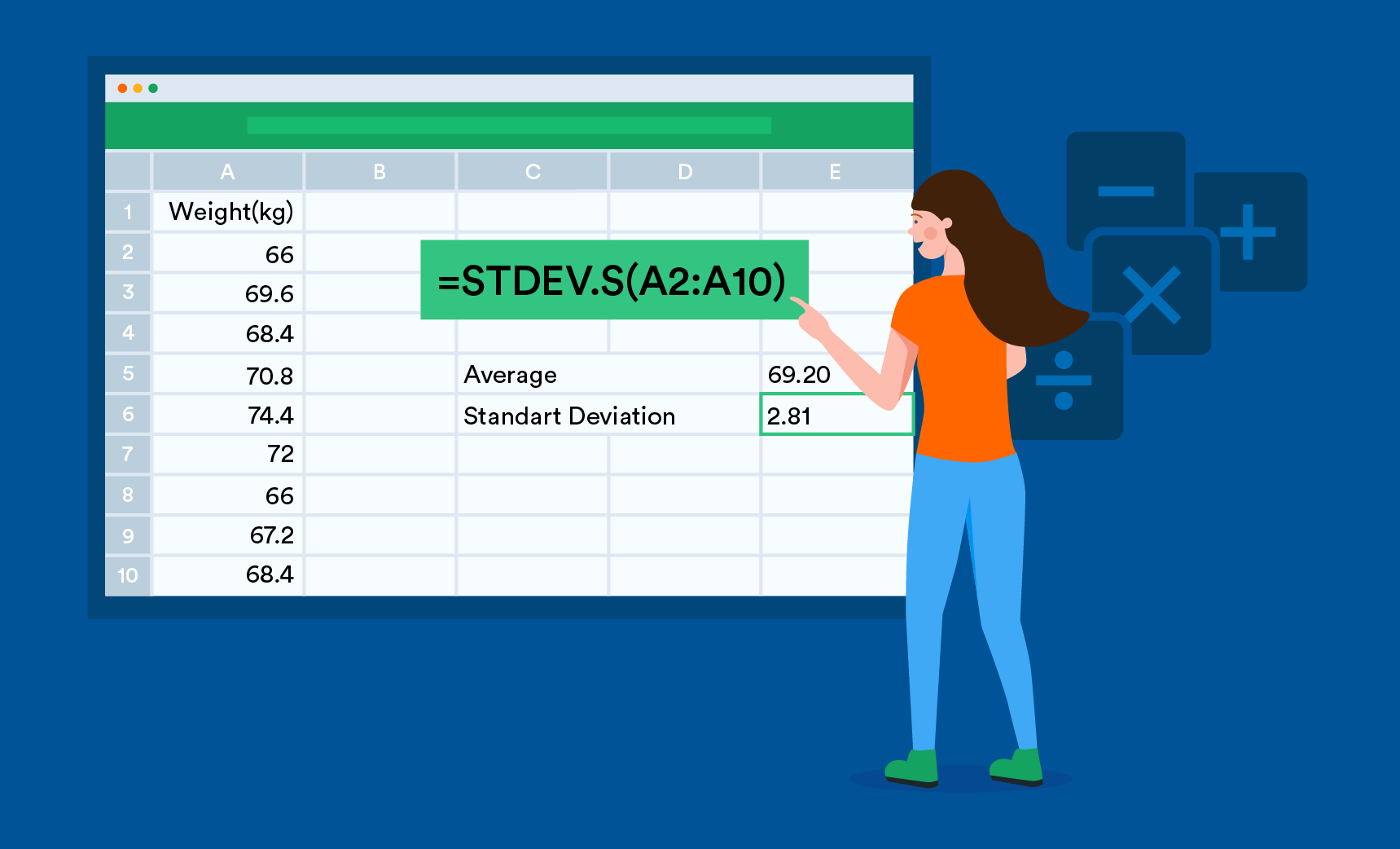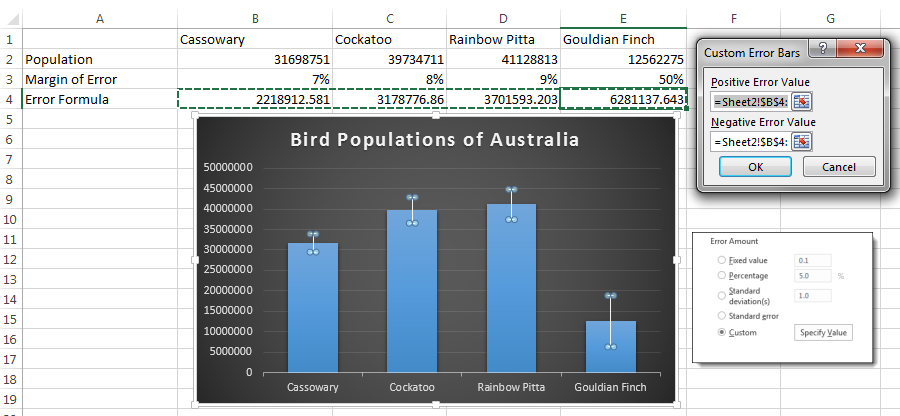
We also want to display Variable-Category labels in the output.

Then select the column corresponding to the age class in the Subsamples field. In the General tab, select the column corresponding to the money spend on online shopping in the Quantitative data field. The Descriptive Statistics dialog box appears.ģ. Once XLSTAT is open, select the XLSTAT / Describing data / Descriptive statistics command as shown below.Ģ. Setting up the dialog box for descriptive statisticsġ. This will allow us to extract important information from the survey and detect potential differences between the groups. The standard deviation, the variance and the variation coefficient, that reflect the dispersion. The mean and the median, that reflect the central tendencyĢ. Our goal here is to summarize the results per age group using common descriptive statistics, such as: 1. Rows correspond to respondents and columns to the amount of money spent as well as the age group they belong to.

The data represent the results of a survey on the amount of money people spend in online shopping on a monthly average basis.
MEAN AND STANDARD DEVIATION EXCEL FORMULAS HOW TO
Briefly, ESRI software tends to use STDEVP wherever it reports a "standard deviation," but not always the exceptions appear to vary from one release to another with certain large datasets (such as rasters) it may use only a portion of the data to compute statistics and some portions of ArcGIS, such as using standard deviations for setting class breaks in a legend, appear (at least in some releases) to have mysterious errors.This tutorial shows how to compute and interpret the mean, the median, the standard deviation and other descriptive statistics for quantitative data in Excel using the XLSTAT software. More discrepancies and bugs are documented on the old ESRI forums. Therefore, except in these kinds of cases, you needn't be concerned about which formula is used.įor more on problems with SD calculations in ArcGIS please see Spatial Analyst Cell Statistics seems to give the wrong answer in ArcGIS 10.0. Therefore the distinction between the two statistics is important (a) only for small datasets, (b) when they are being used as ingredients in complex formulas (which might amplify any differences), and (c) when your work is being checked, either by yourself or an independent party (such as a peer reviewer for a paper or an opposing expert in litigation). Even for N = 10 they are only about 5% apart. The values of STDEV and STDEVP are relatively close when N is large and get ever closer as N increases. The ArcGIS SD (in this part of ArcGIS: the software is inconsistent in which SD it uses) likely is the same as Excel's STDEVP value, which is the "uncorrected" or "raw" or "population" standard deviation. That's off a little bit, but then again the two SDs, although computed to double precision, are reported only to six significant figures, so let's check the ArcGIS result by correcting it with a multiplication by Sqrt(N / (N-1)): 0.336858 * Sqrt(99 / 98) = 0.338572,Įxactly correct to the precision given. Look now at the numbers in the question: the ArcGIS value is 0.336858 and the Excel value is 0.338572: it is the larger of the two. Notice that we can solve for N given both STDEV and STDEVP: (STDEV / STDEVP)^2 = N / (N-1) = 1 + 1 / (N-1) Therefore VAR = VARP * N / (N-1), whence STDEV = STDEVP * SQRT(N / (N-1))Įvidently STDEV is always greater than STDEVP. It is now straightforward to work out the relationship between STDEV and STDEVP: multiplying VAR by N-1 and multiplying VARP by N both give the sums of squares of residuals.


(It uses the same mean to compute the residuals, though.) The unbiased estimator instead divides by N-1. That indeed gives the root mean square, where the numbers involved are the squares of the data expressed as displacements from their mean (their "residuals"). Normally, when we average N numbers, we sum them and divide by N. They differ in how the averaging is performed in finding the root mean square. In both cases, the standard deviations are root mean squares about a mean. The second computes the standard deviation of a set of numbers, the square root of the variance (VARP). The first is the square root of an unbiased estimator of the variance (VAR) it is intended for making inferences about a population from a random sample thereof. AnalysisĮxcel provides two kinds of standard deviation, STDEV and STDEVP. Because this issue (of discrepancies in standard deviations, variances, or other statistical summaries) comes up periodically, especially when a thoughtful and careful GIS analyst checks their work, I thought it would be good to share the "forensic analysis" of the discrepancy so that readers can carry out similar checks in their own applications.


 0 kommentar(er)
0 kommentar(er)
